16 October 2019
It was 2008, and design knew very well where not to go. The previous year, the exhibition The New Italian Design, curated by Andrea Branzi for the Triennale, had once and for all lifted the curtain on the latest generation of designers and their long string of creations, marking the difference between the great masters of the past, engaged in redesigning the world in collaboration with industry, and a fluid and emotional present, more likely to pepper the future with signs than to fill homes with furniture. The “Ryanair Generation” was the rather broad label that the magazines and the Web tried to pin onto this fuzzy community, a multiverse without a manifesto in which the only common thread, if you were determined to find one, was perhaps the troubled relationship with industry. Or was it instead a mutual conflict of disinterest? In that long gallery of emotions in the form of objects, a potentially endless flow that had taken on itself the mission of reprocessing the world, something was lacking in order to revive the idea that in Italy they still knew how to design furniture, and beautiful furniture at that. And that it could be designed by Italians. Someone to make the present sit up and look ahead, while going back in time to retrieve formulas, alchemies and the necessary courage.
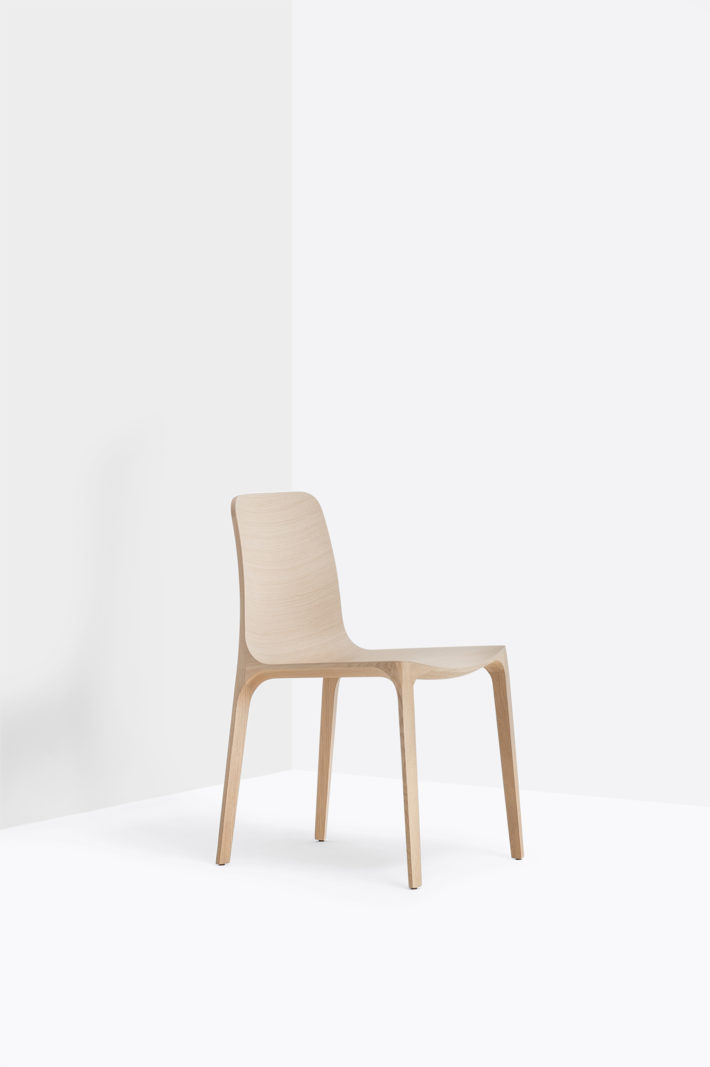
© Pedrali
What better than a chair? It was left to the talent of Odoardo Fioravanti, born in 1974, a former student of engineering, “saved”—as he would put it—by design, to step into the ring. In the other corner of that ring, the platitude summed up in Bruno Munari’s witty comment that by now there are “more chairs than asses.” We can almost imagine Fioravanti entering the ring: boxing gloves and T-shirt inscribed with the slogan Industrious, the tag that two years later Silvana Annicchiarico’s Triennale Design Museum would stick on him with the blessing of none other than Richard Sapper, “sponsor” of the exhibition devoted to Fioravanti by the Milanese institution. Frida (2008) arrived after Pedrali had already commissioned another chair from Fioravanti, the popular Snow that brought Italian design back onto the familiar track of a renewed encounter between designer and entrepreneur. And it was a successful, wholly Italian, pairing after years in which the big brands had looked to foreign names, the one formed by Fioravanti and Pedrali, the Lombard manufacturer with half a century of history behind it and its feet firmly planted between Bergamo and the “chair district” of Friuli, to be precise the town of Manzano, where Frida not coincidentally took shape. Cutting-edge knowhow, highly experienced workers, design and the courage to propose an idea of industrial beauty that ran the risk of getting lost amidst a myriad quibbles about the meaning of design. Frida— chosen for the simple reason that it was a woman’s name—was born in this milieu.
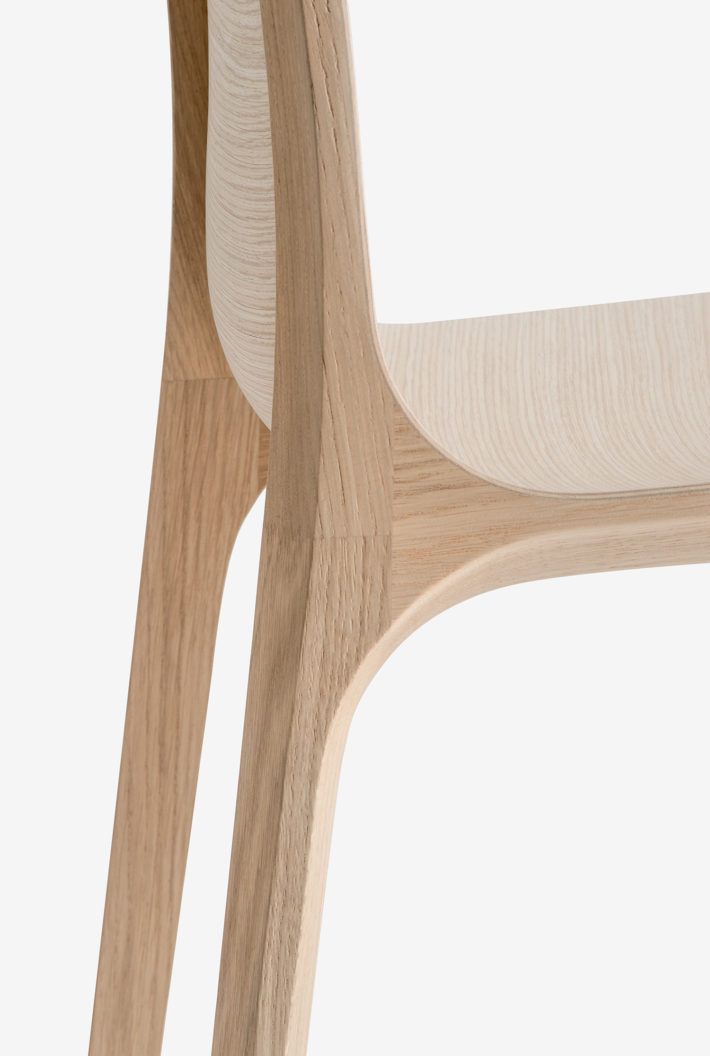
© Pedrali
“If I think about those years, it reminds me of a time that seems very long ago, when I was just getting started in my profession and acting more like an explorer than a designer,” Fioravanti recalls now. “Everything was a gamble and every thought was action, a sort of flow of consciousness and prototypes that seems magical now. Around me was a panorama in which the companies were slowly beginning to look to designers who were a bit younger, and something was moving. I also remember my victory in the Young & Design contest at the Salone del Mobile, which made me very happy: I hadn’t expected it. And just to lay it all out there, that victory drastically changed the economics of a year in which I was starting to do something.” But what was Frida, in the end? Technically, a chair made of wood, to be precise oak: light, strong and comfortable, created to “explore new possibilities in the field of woodworking through the superimposition of a three-dimensional shell of curved plywood on a solid wooden frame,” as the company’s publicity declared. A chair, paradoxically, for which no drawings were ever made, conceived between the factory and Fioravanti’s studio thanks to that everyday miracle that is accomplished by putting skilled craftsmen and a designer to work on the brief of a client who knows where and how to look. “I got Gianni, a very good worker, to cut the boards for me and went back to the studio with a chair in the form of pieces of wood that had to be assembled. Undoubtedly, at the root of that alchemy lay the fact of being able to intervene on a prototype put together with the company, with extremely competent workers and expert technicians,” explains Fioravanti. “And then the luck of having pretty good hands and liking to work with material, so that I could create it myself, sculpting the details of the chair and looking in the wood for lines that seemed to me to do justice to the idea that I had. By taking away, as Michelangelo put it.”
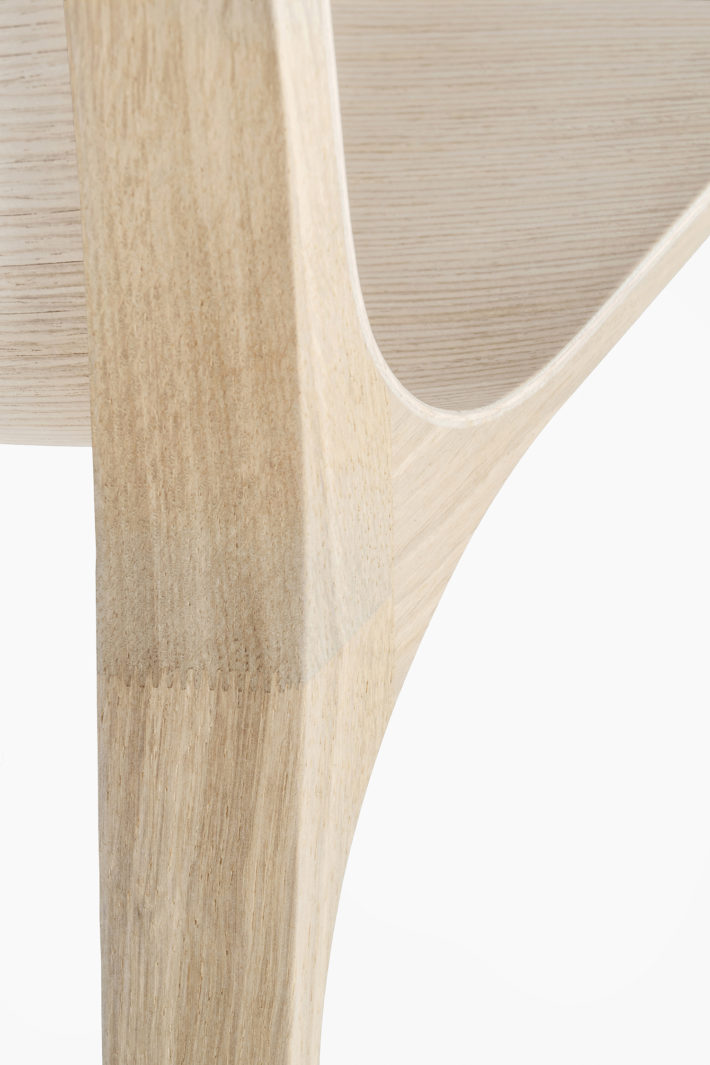
© Pedrali
Three years later, in 2011, the Compasso d’Oro arrived to show that the reference to Michelangelo was not empty talk. The jury chaired by Arturo Dell’Acqua Bellavitis awarded the prize to Frida “for its simple sculptural beauty,” legitimizing in those three words an aesthetic need that is also the hallmark of Fioravanti’s style. He is one of the few Italian designers of his generation to speak openly of beauty and to pursue it in its most shapely form. So is Frida a necessary chair, as necessary as beauty? “When they ask me if a new design for objects that have already been extensively studied is necessary, I always answer that human beings need to characterize the things that surround them. I can’t imagine that we should be content with what is there, if I think that every period in history ends up putting its own spirit into artificial things and into nature too, at least the part of it through which humanity moves. Are poems still necessary? Songs? Paintings? Well, if I’m obliged to defend the necessity of Frida, I’ll say that we felt the need to investigate a new system of production, to explore it with forms that could seem timeless, to condense some ideas into an object like the chair that provides an accompaniment to whole pieces of people’s lives,” explains Fioravanti. “And yes, there are more chairs than asses, but if they were all to disappear in an instant? Perhaps even the person reading this would end up flat on his or her ass. Let us thank chairs and all the other objects, just as we are grateful to people.”
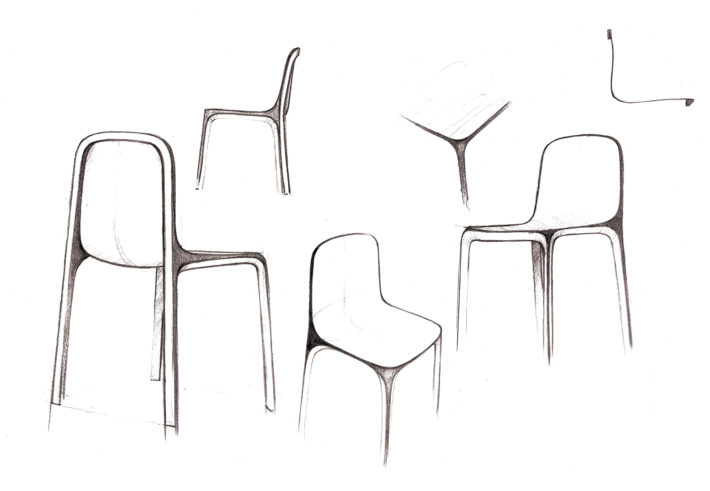
© Pedrali
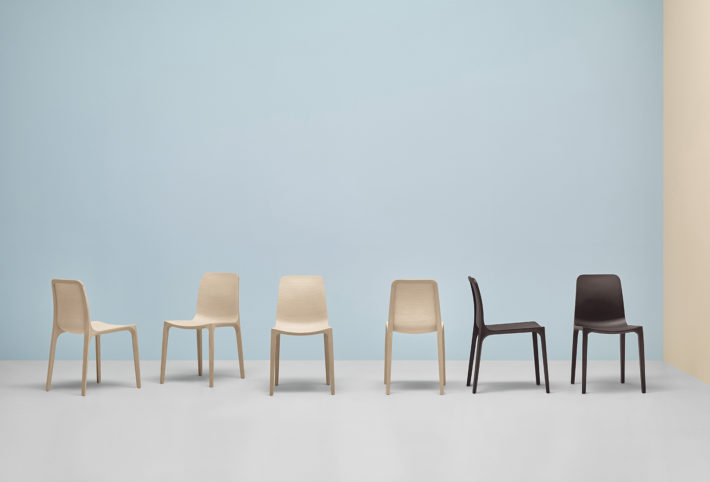
© Pedrali
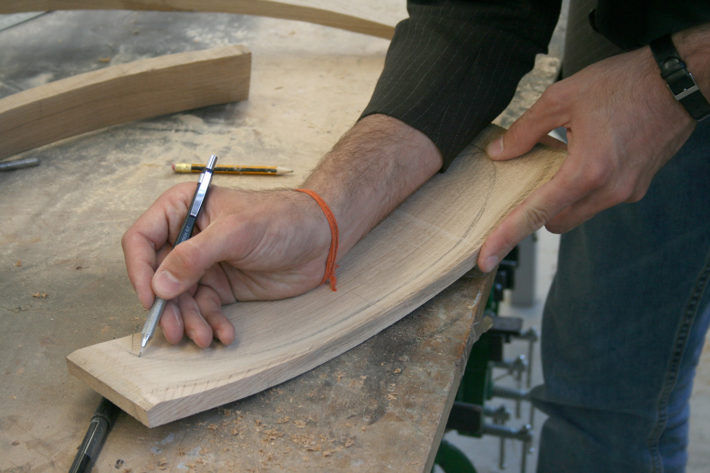
© Pedrali
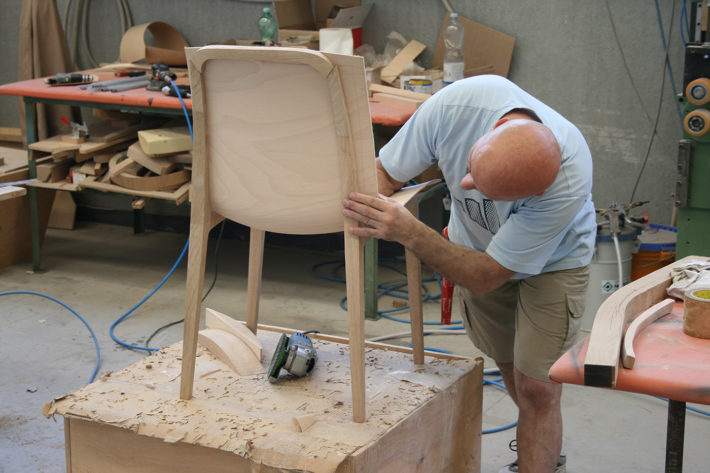
© Pedrali
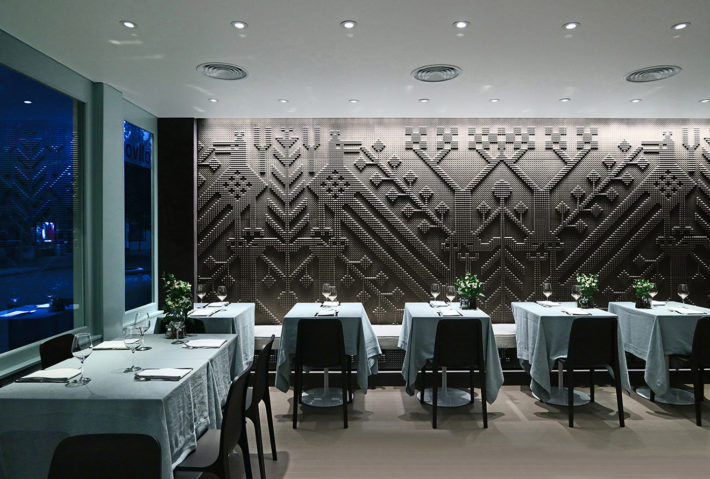
Olivo Restaurant, London. Photo: © Pierluigi Piu.
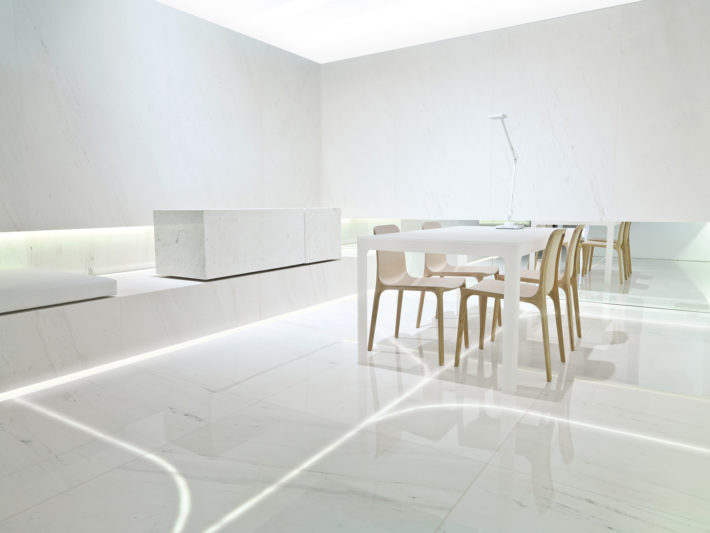
Blanc Showroom, designed by Fran Silvestre Arquitectos, Vilarreal. Photo: Fernando Alda.
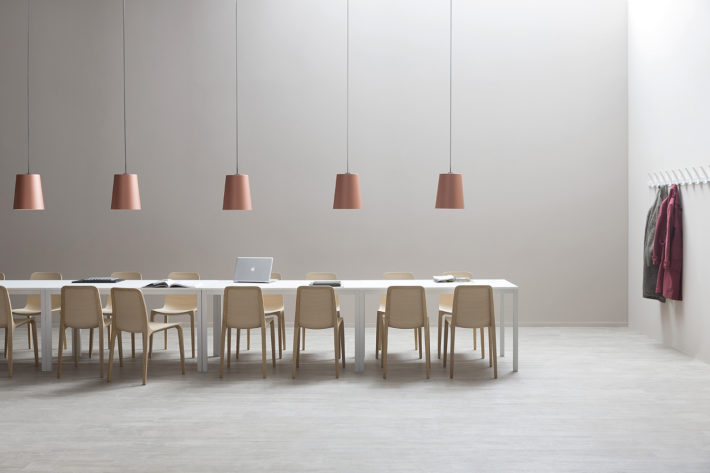
© Pedrali
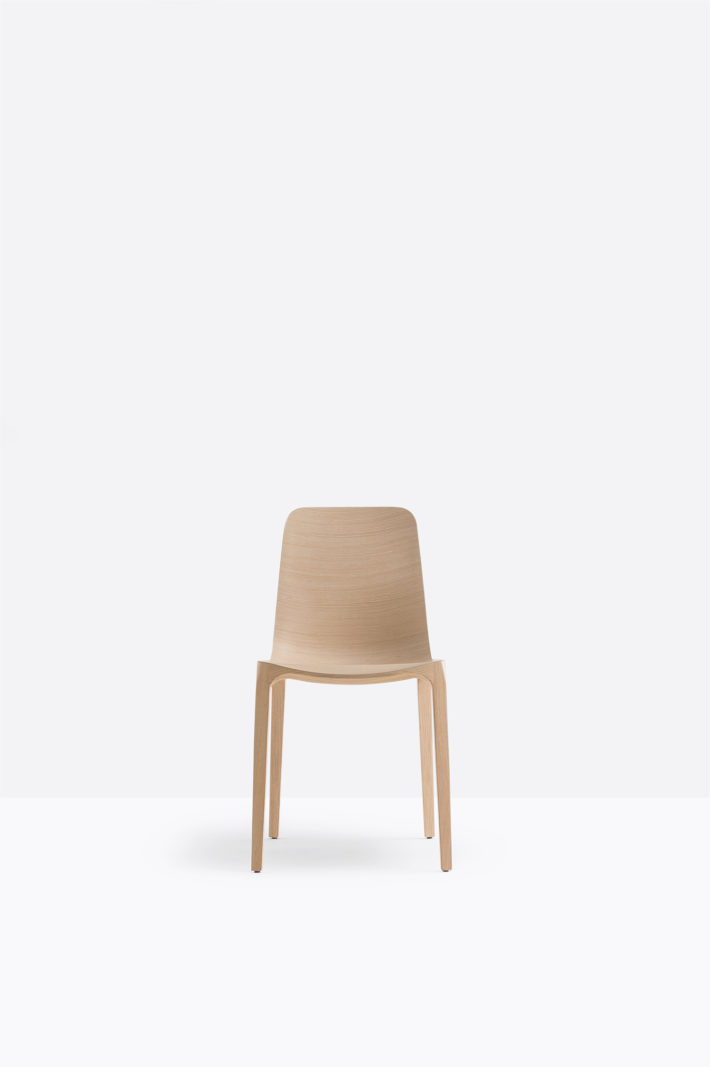
© Pedrali
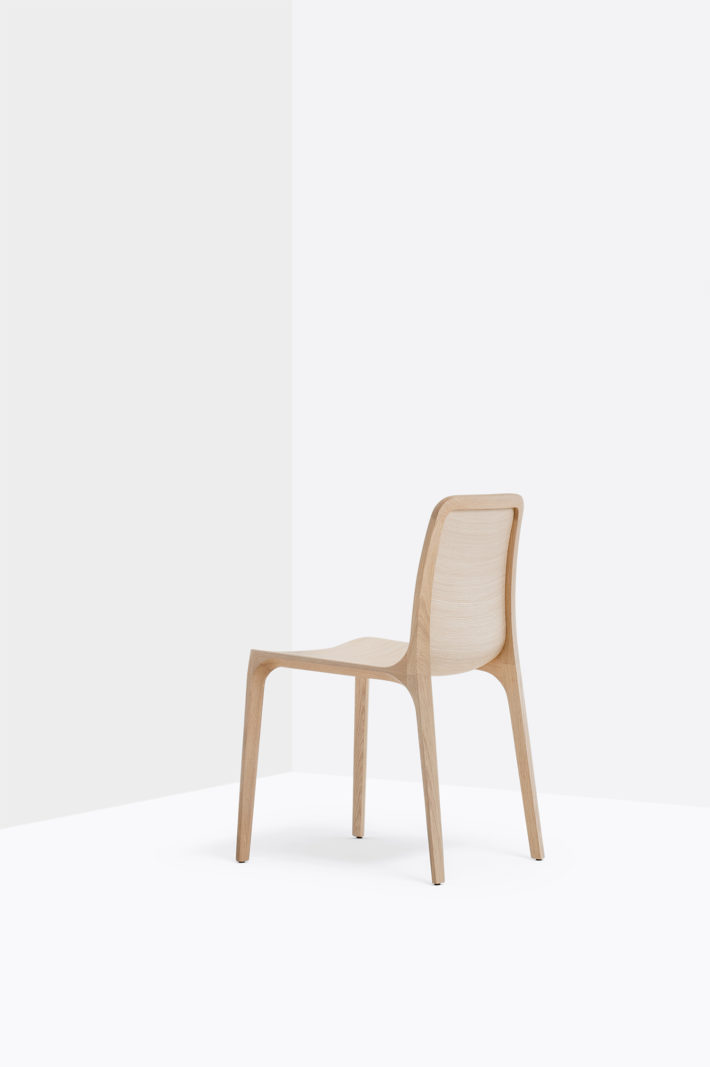
© Pedrali
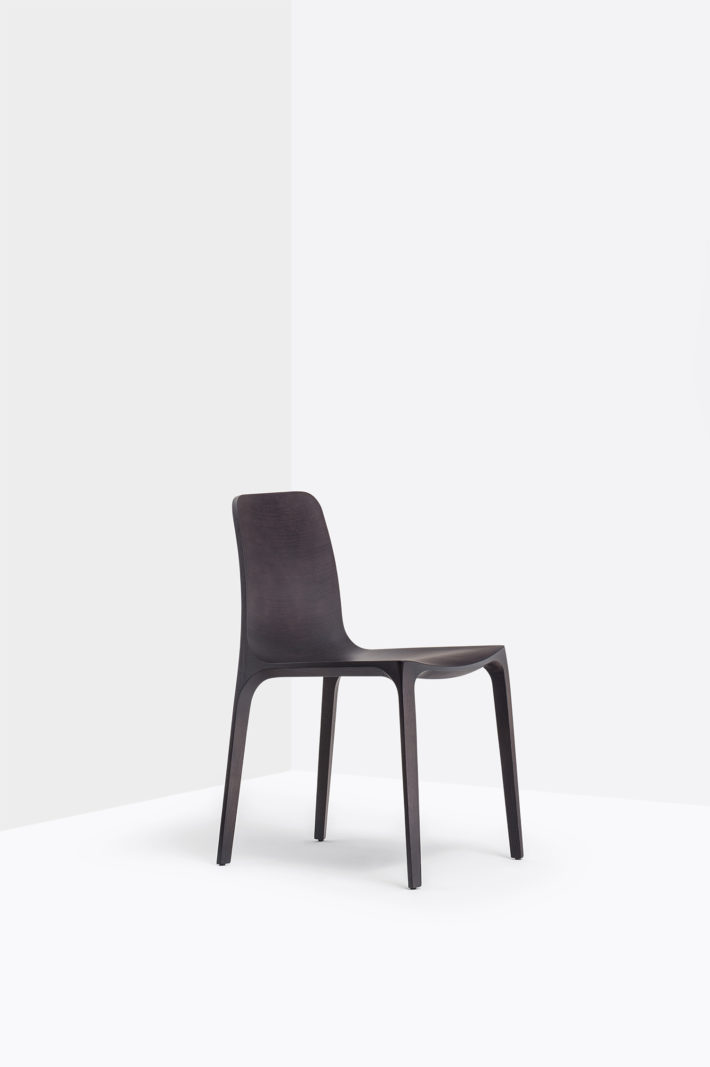
© Pedrali
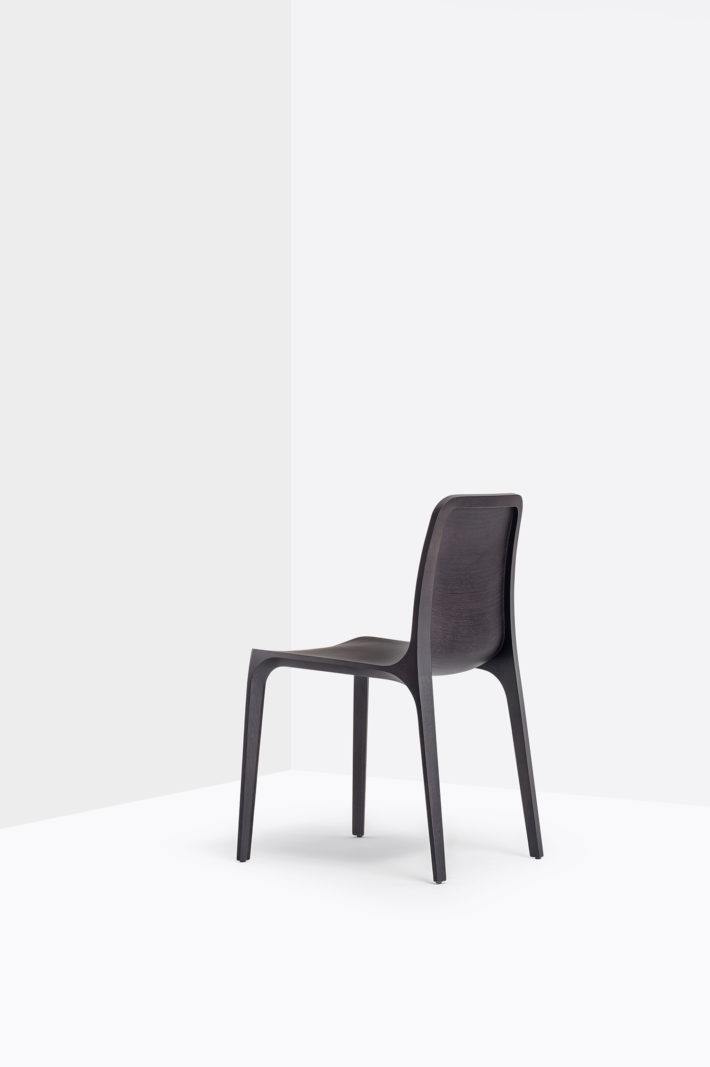
© Pedrali
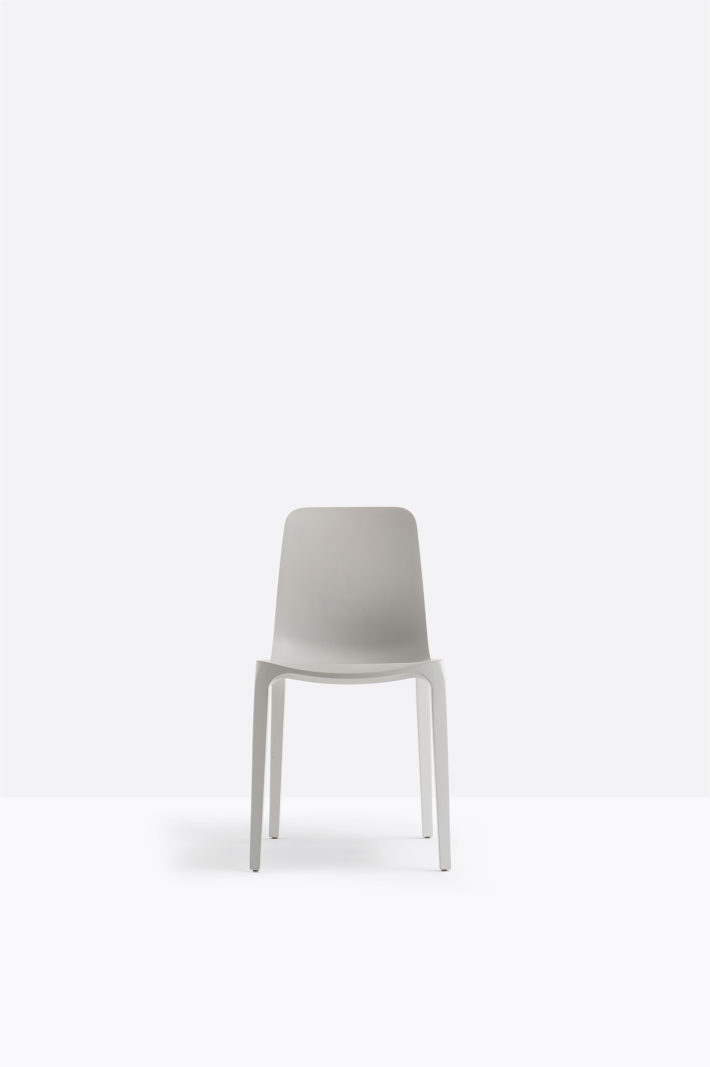
© Pedrali
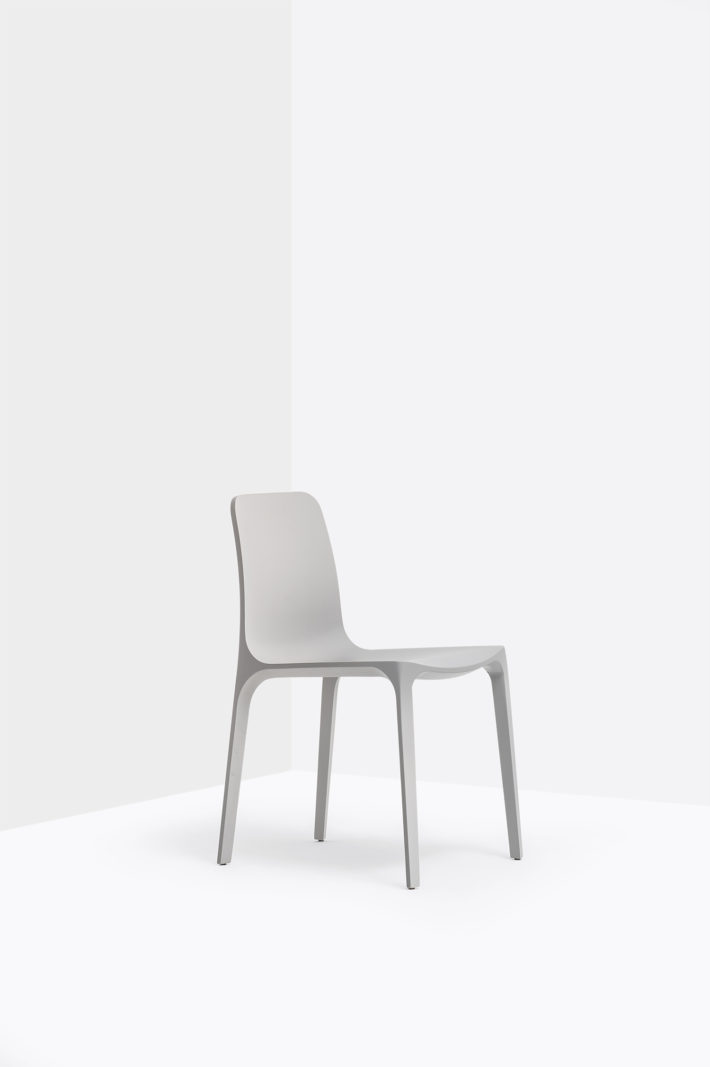
© Pedrali
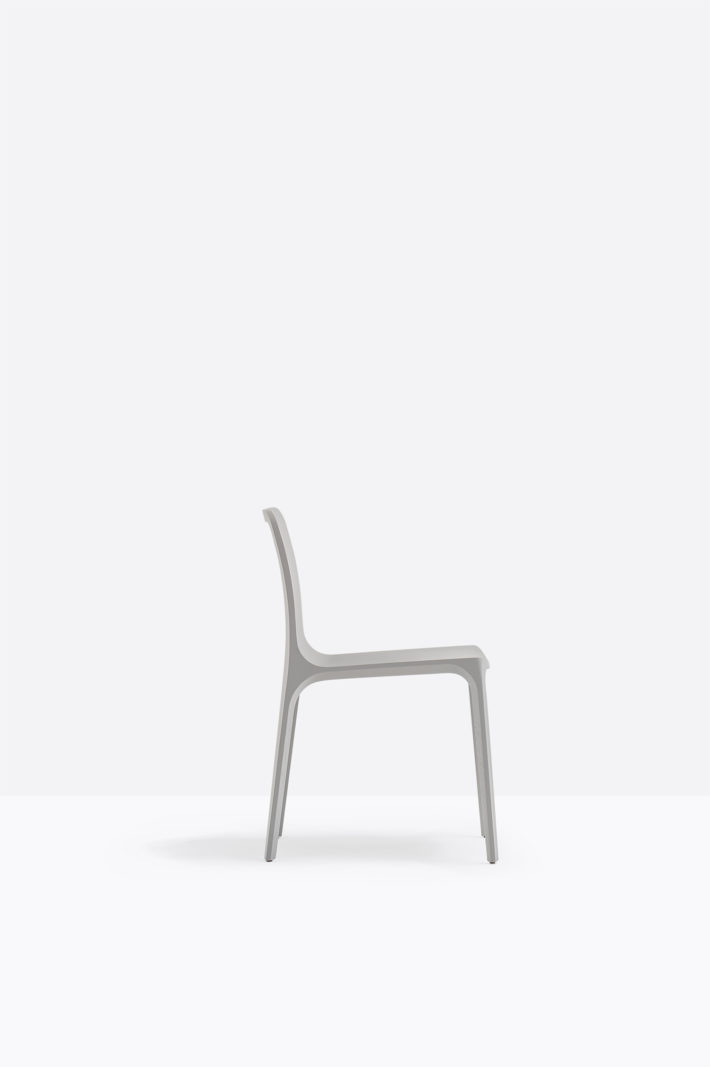
© Pedrali
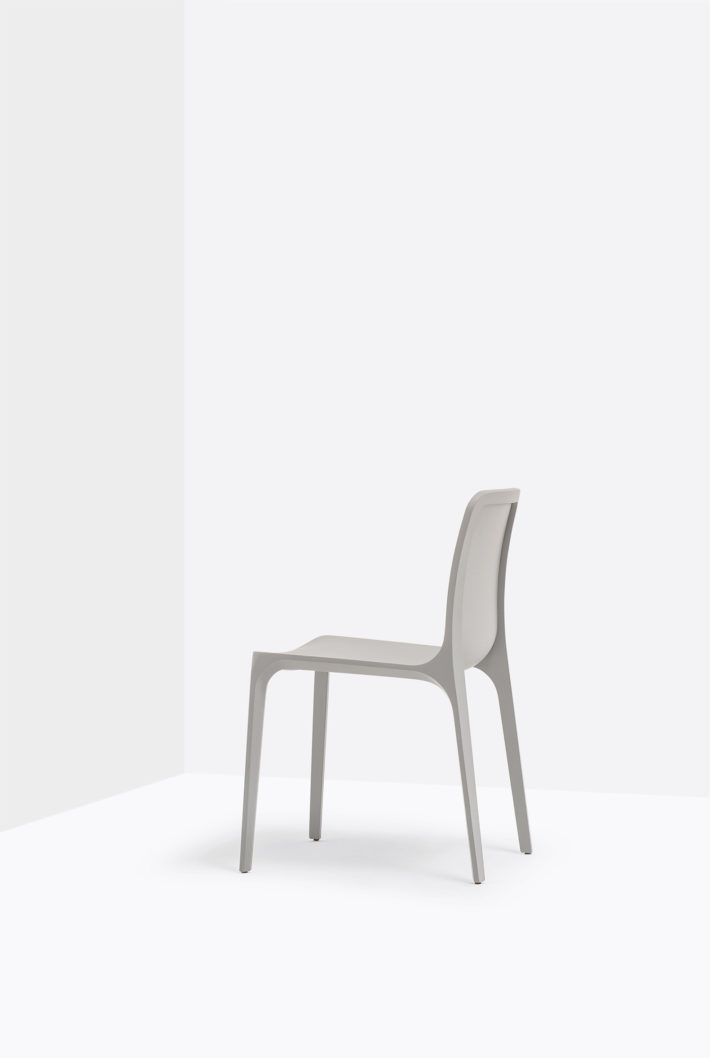
© Pedrali
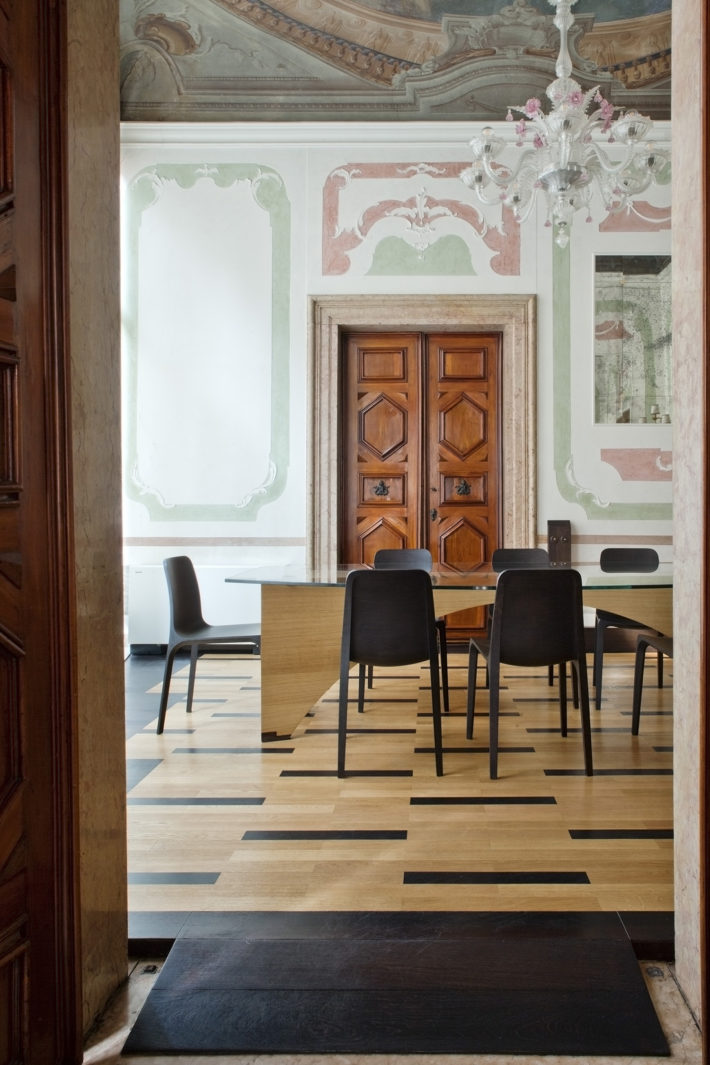
Studio Boldrin e Vianello, Venice. Photo: © Alessandra Bello.
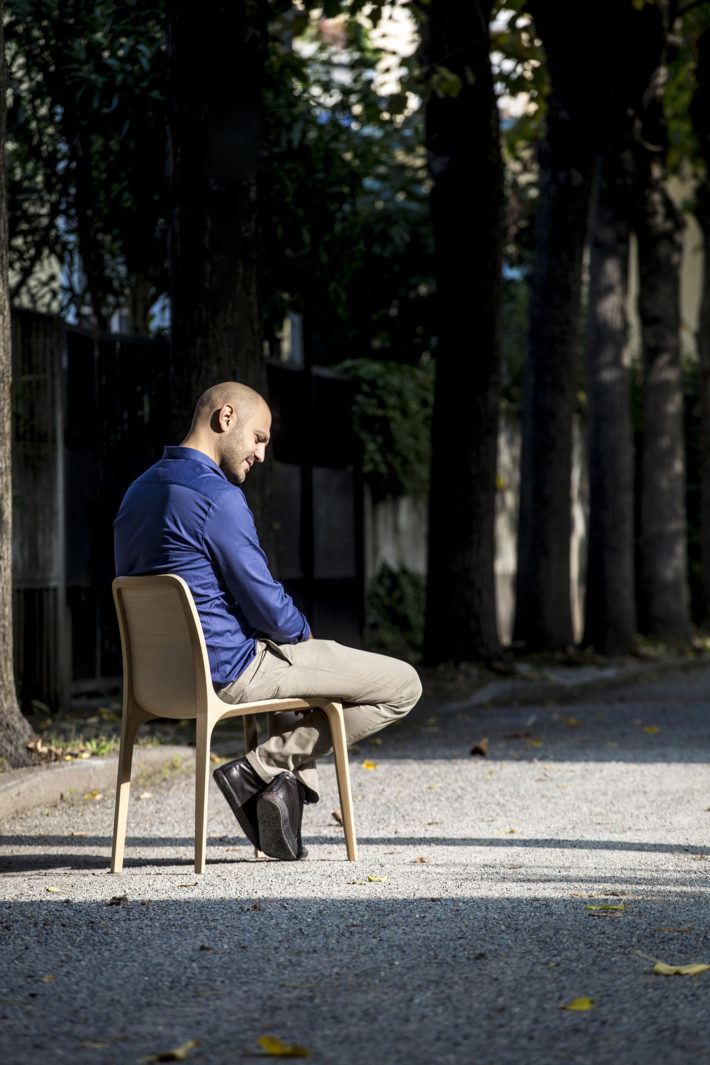
Odo Fioravanti. Photo: © Pedrali.